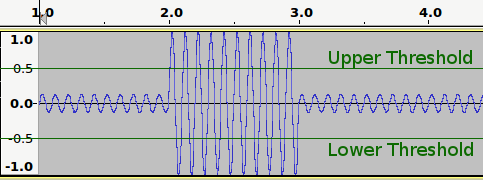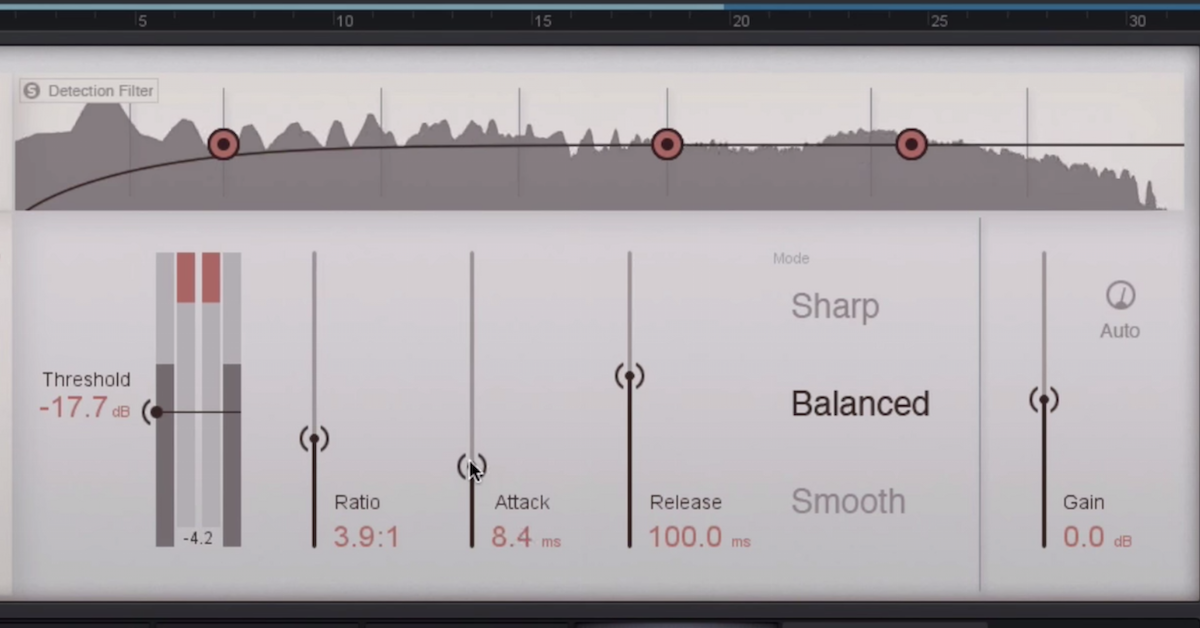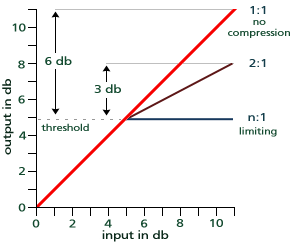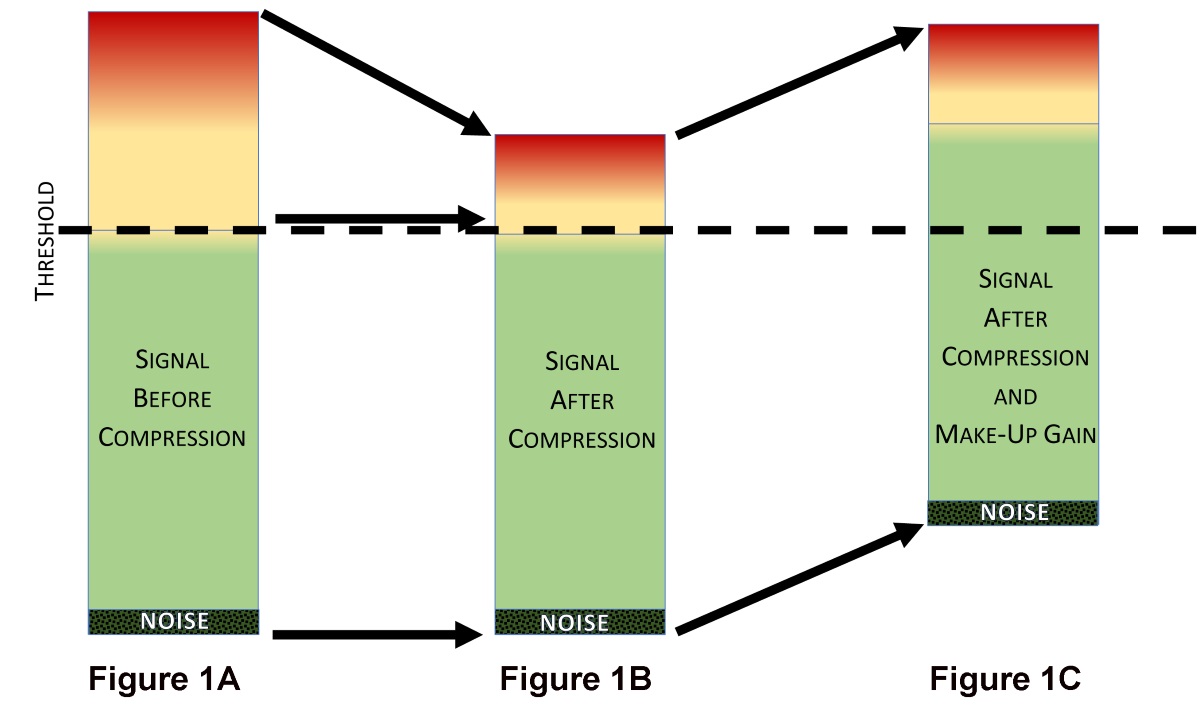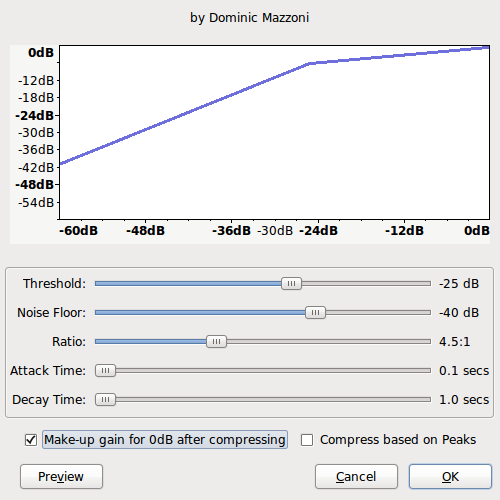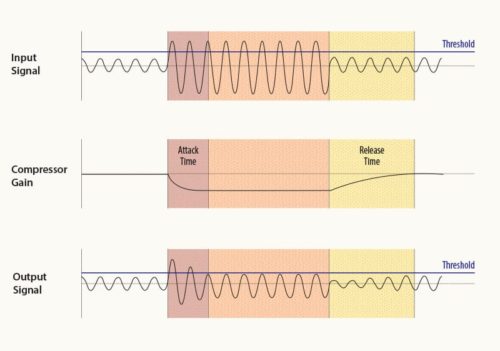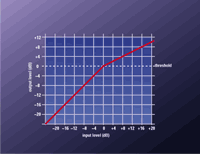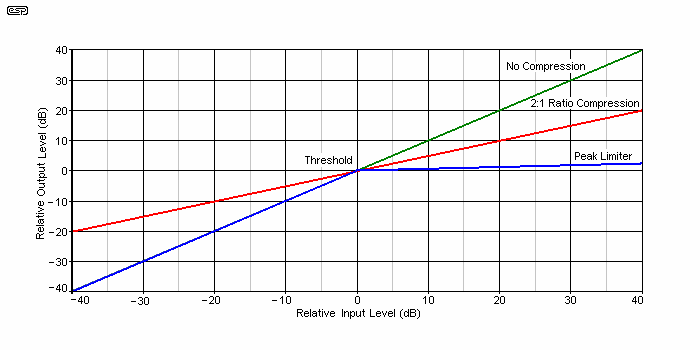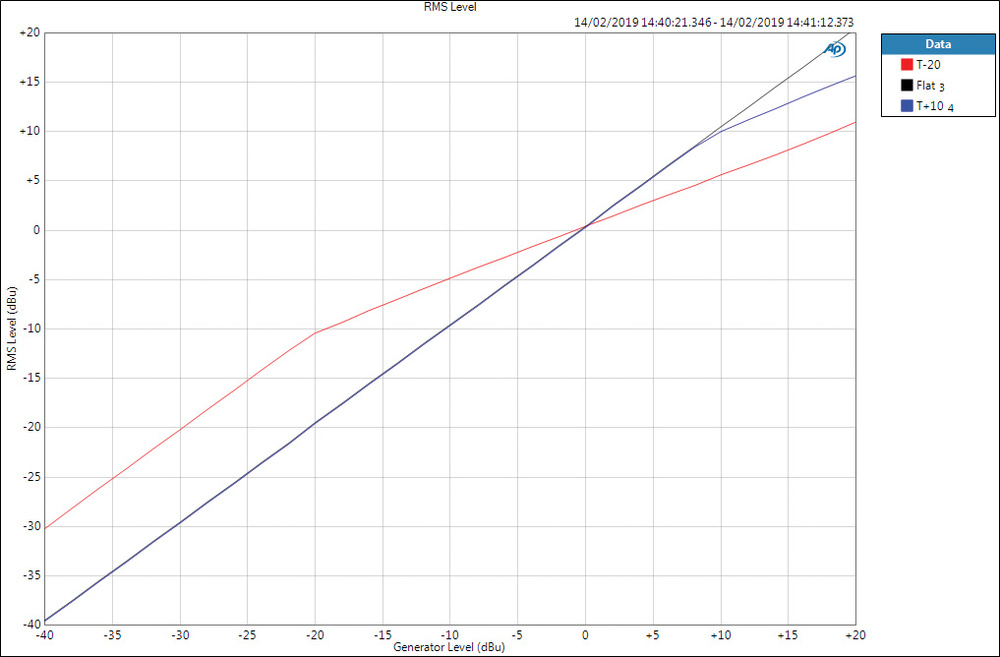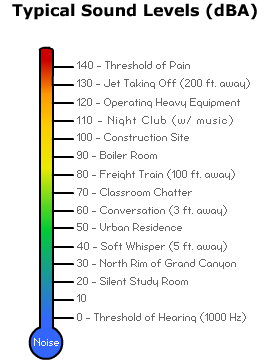Threshold Noise Floor Compressor
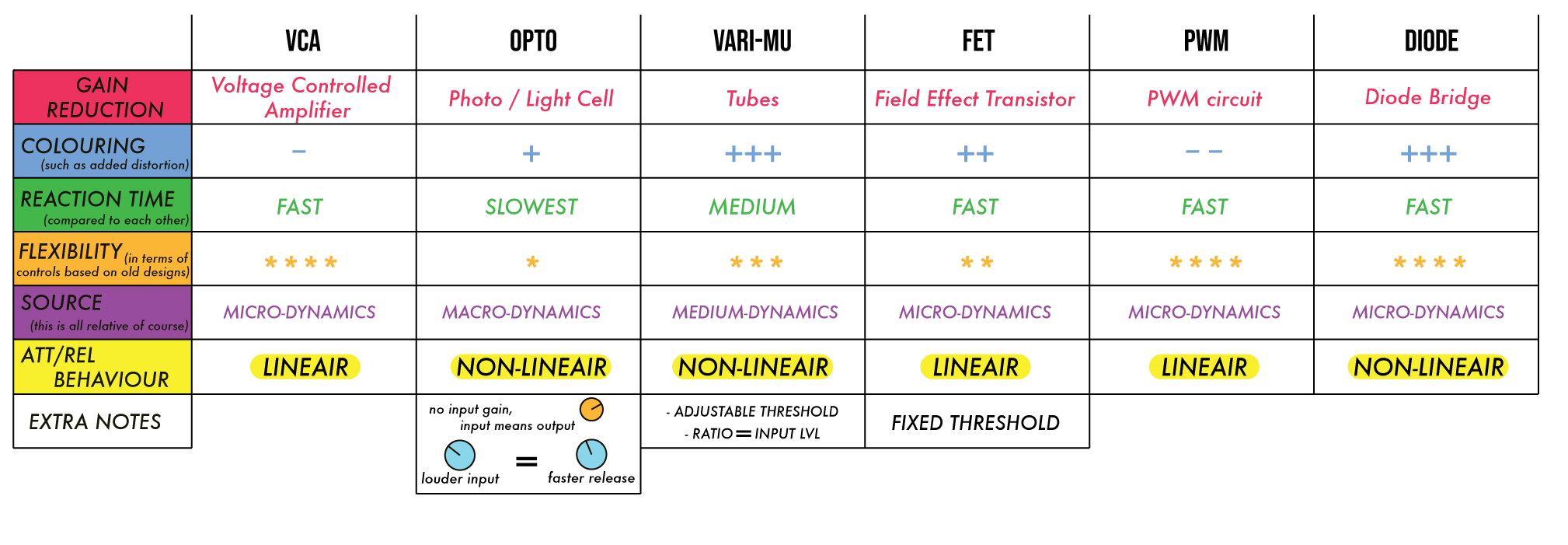
The compressor adjusts the gain on audio below this background level so as to prevent it being unduly amplified in processing.
Threshold noise floor compressor. Relative amount of compression compared to the threshold. In the image above this range is indicated by the dashed purple lines. Unfortunately sound levels are often neglected during the procurement process. Something around 50db is sufficient but may vary depending on how loud the recording environment was.
This is mainly useful when compressing speech to prevent the gain increasing during pauses and so over amplifying the background noise. The noise floor feature behaves as an expander below the noise floor s threshold. Draw a graph in your head. A 6 1 ratio is recommended.
In compressor installations noise comes from the compressors the compressor accessories and extraneous equipment. When it comes to noise floor keep always this in mind the lower your noise floor the better. That noise is usually best detected when there is no other audio signal going along with it. The ratio of the expansion is equal to the compression ratio employed.
Set the threshold to this db. What is noise floor. If your threshold is set to 20db your compressor will progressively respond to incoming signal within the range of 30db to 10db reaching 10db below the threshold and 10db above the threshold. Some best practices if followed during design and installation.
Sounds under the noise floor limit are considered background and are not amplified. Although post construction sound treatment is possible it is also expensive. It is amplified by the reflective surfaces in the facility.
